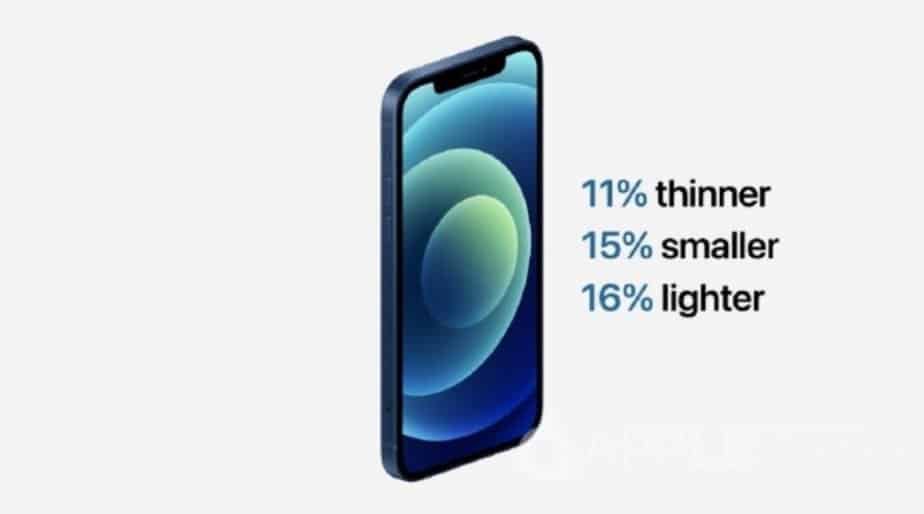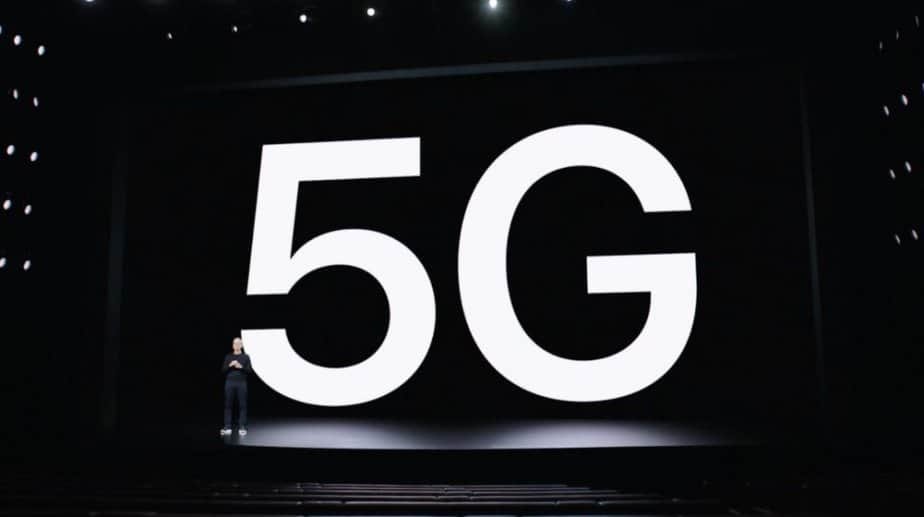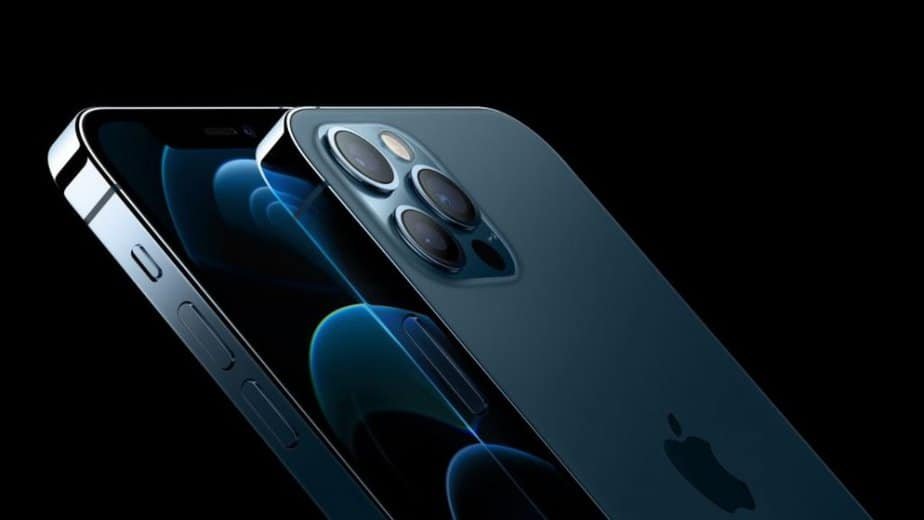Apple has just unveiled its new iPhone 12, the family of smartphones with which the company hopes to win more users next year. Specifically, we are talking about four models: [iPhone 12 mini], iPhone 12, iPhone 12 Pro, and iPhone 12 Pro Max. A range of the most varied, both in features, price, and functions designed to attract different types of users.
Datasheet of the new Apple iPhone 12: models, features, cameras, and more
The first iPhone with 5G
Tim Cook opened the Apple iPhone 12 event talking about the importance of the 5G connection. He stated that this is a very important leap for the iPhone as well because speed and the other features completely change the use of the smartphone. Cook has ensured that in addition to speed, we have better privacy protection thanks to the fact that we will not have to connect as often to insecure networks.
Under ideal conditions, the new model with 5G is capable of downloading data at 4GBps. A very significant speed improvement. For the upload speed, we will have up to 200MBps also in perfect condition. Apple brought the CEO of Verizon to the stage, who spoke of the deployment of this 5G network throughout the US.
New design for the whole iPhone 12 family
Apple has unveiled its iPhone 12 family, which consists of four different versions. The company has never introduced so many new models at the same time. The breakdown of all these models is as follows:
- iPhone 12 mini with 5.4-inch Super Retina XDR display, aluminum body, dual camera, and A14 Bionic chip.
- iPhone 12 with 6.1-inch Super Retina XDR screen, aluminum body, double camera, and A14 Bionic chip.
- iPhone 12 Pro with 6.1-inch Super Retina XDR screen, steel body, a triple camera with LiDAR, and A14 Bionic chip.
- iPhone 12 Pro Max with 6.7-inch Super Retina XDR screen, steel body, a triple camera with LiDAR, and A14 Bionic chip.
All of them share the new flat edge design, this being one of the most outstanding novelties. A design that is clearly inspired by the iPhone 5 launched in 2012 and that now returns in a much more modern terminal. Finally, the rounded edge that was released in 2014 with the iPhone 6, the first terminals to exceed 4 inches in size, is left behind.

The biggest differentiator between the different versions is the camera. Depending on the model, we will see two or three rear sensors that will give more possibilities than in previous generations. Specifically, the Pro and Pro Max models add in addition to a third camera the LiDAR sensor that we already saw in the iPad Pro this year.
Two or three cameras with LiDAR reserved for “Pro” models
It is obvious that cameras are once again the key differentiator between models. The two entry models are left with two sensors, while the Pro and Pro Max models embody the “best” camera the company has ever made. To classify both systems, we detail them below:
- The iPhone 12 mini and iPhone 12 have two photographic sensors. In the first, we have a 12MP wide-angle sensor, an aperture of ƒ2.4, and a focal depth of 13mm. The second sensor is also 12MP angular and has an aperture of ƒ1.6, with a focal depth of 26mm.
- Pro and Pro Max add a third 12MP sensor and a ƒ2.0 aperture and 52mm focal depth. In this generation, it allows an x4 optical magnification.
The Pro camera allows you to achieve incredible photo quality. The telephoto sensor boasts an 87% improvement in low-light photos. Optical stabilization for these models is done at the optical sensor rather than moving the lens, which is more expensive. This technology is known as SensorShift.
For these models, Apple has reserved a feature called Apple ProRAW. It is a format that combines all the information from the sensors in a single image. It does so without any delay after pressing the button to take a photo.
Later, we can adjust various values of the image that will be processed thanks to all the information that this format contains. As if this were not enough, the Pro model is the first capable of recording in HDR Dolby Vision. Combining 4K resolution with 60fps.
As for the LiDAR reserved for the Pro version, we find a sensor that allows us to feel the environment. Just like the iPad Pro, the iPhone 12 Pro can understand the world around it. Thanks to LiDAR, which can see in the dark, focusing can be improved in low light conditions.
Price, colors, and release date of the new iPhone 12
Finally, Apple has revealed the price of the entire family of versions of their new release. The price of the new iPhone model is confirmed as follows:
- iPhone 12 mini, 64, 128 and 256GB: ($699, $749 and $849 respectively)
- iPhone 12, 64, 128 and 256GB: ($799, $849 and $949 respectively)
- Pro, 128, 256, and 512GB: (from $999)
- Pro Max, 128, 256, and 512GB: (from $1,099)




